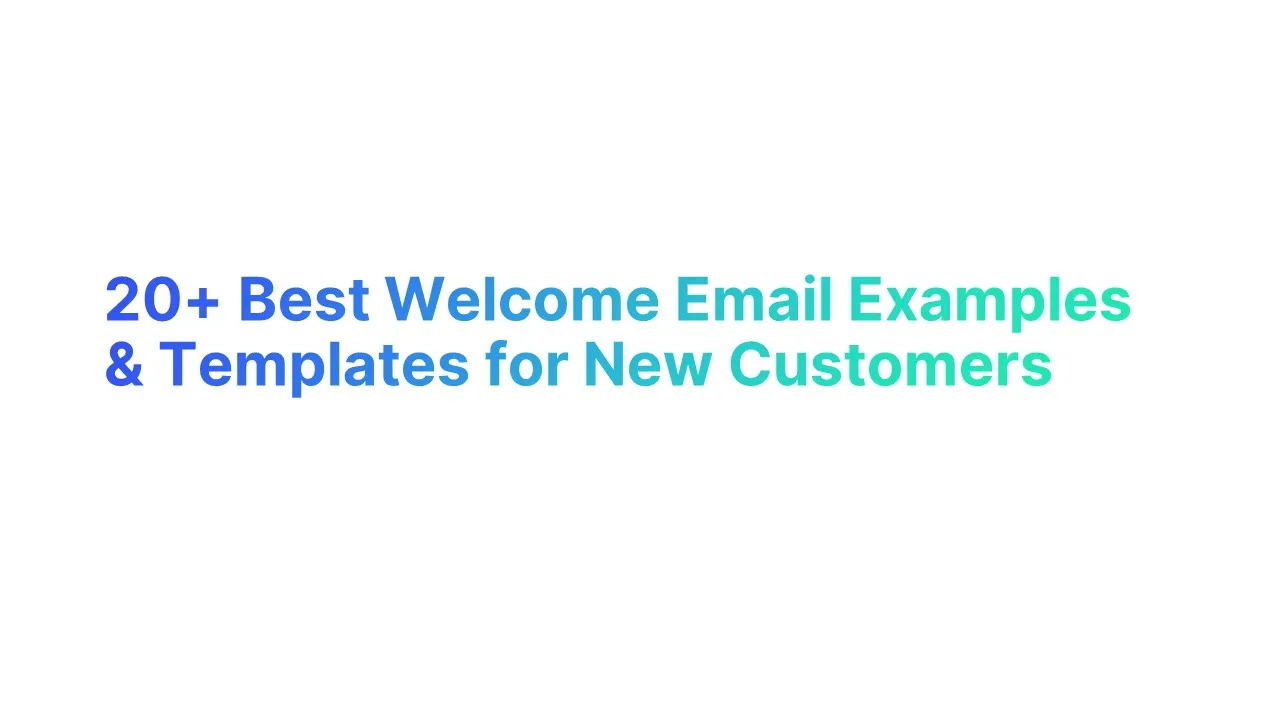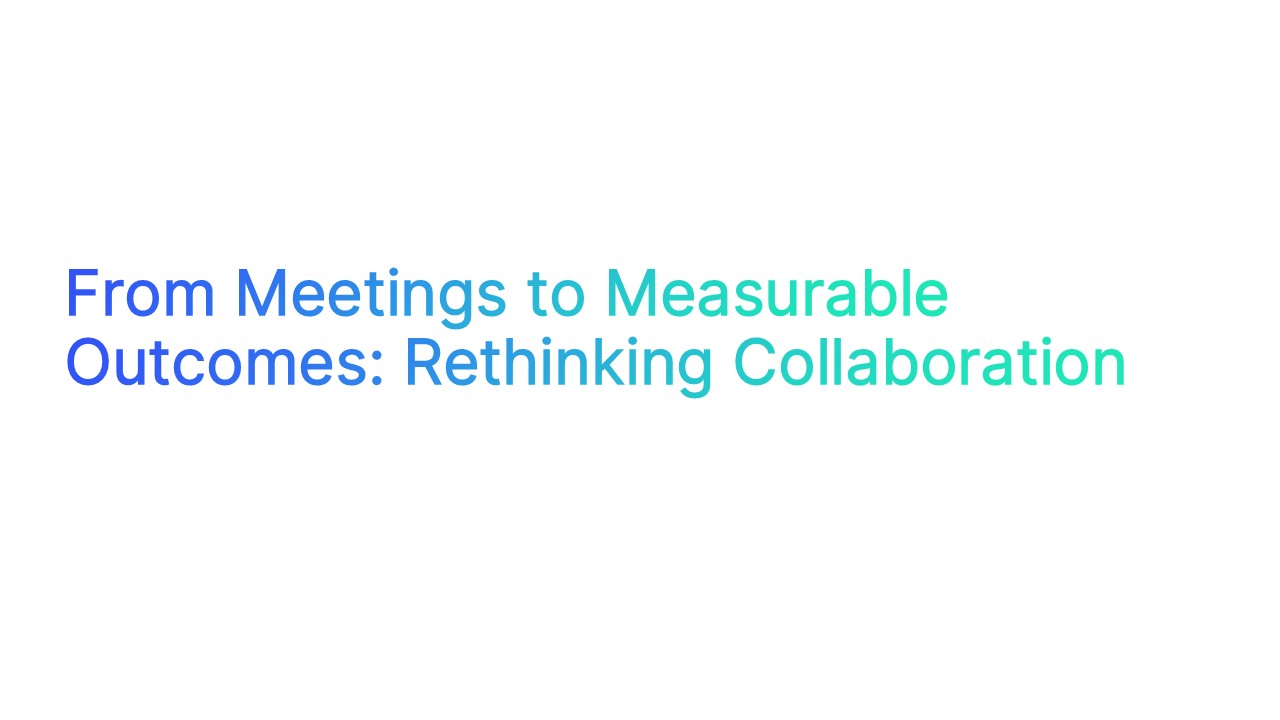Understanding Welcome Emails
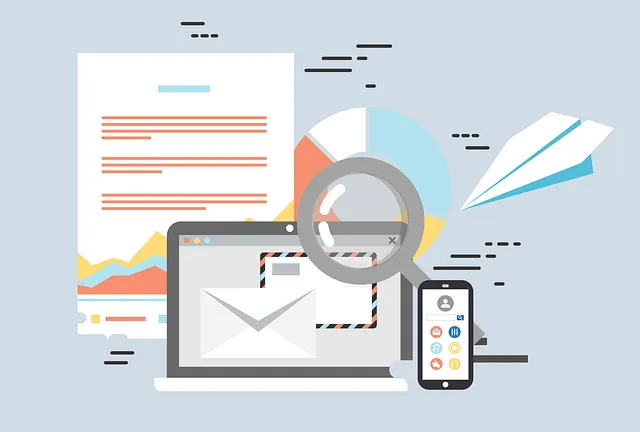
Welcome emails are a crucial aspect of modern digital communication, vital in setting the tone for new relationships between businesses and their clients.
These initial emails serve as the company’s first impression, offering a warm introduction, outlining key information, and establishing a foundation of trust.
By understanding welcome emails’ importance and best practices, businesses can create a positive and engaging experience that fosters long-term customer loyalty and satisfaction through a well-planned welcome email campaign.
What is a Welcome Email?
A welcome email is the first email a new subscriber or customer receives after signing up for your email list or making a purchase.
This email serves several purposes, including confirming the subscription, providing essential information about your brand, and building a relationship with the new subscriber.
Welcome emails often include:
- A friendly greeting and personalized message
- An introduction to your brand and what subscribers can expect
- A discount code or special offer to encourage the first purchase
- Links to helpful resources or popular blog posts
- A call to action (CTA) to follow your brand on social media or explore your website
- Compelling email subject lines to increase open rates
The primary goal of a welcome email is to engage new subscribers and set the stage for future emails. By making a strong first impression, you can increase customer loyalty and improve email open rates.
Why Your Brand Needs a Welcome Email: Key Benefits
1. First Impressions Matter
Your welcome email is the first interaction new customers have with your brand. A well-crafted welcome email can leave a lasting positive impression, making subscribers more likely to engage with your future emails. It’s your chance to showcase your brand’s personality and values.
2. Increases Engagement
A compelling welcome email encourages new subscribers to engage with your content. You can increase the likelihood of future interactions by providing valuable information and setting expectations.
Higher engagement rates often lead to better email open rates and click-through rates, which are essential metrics in any email marketing strategy.
3. Builds Trust
Trust is a critical component of any customer relationship. A welcome email that is transparent and informative helps build trust with your new subscribers. Include helpful resources and clear information about what they can expect from your emails, and you’ll establish a foundation of trust.
4. Provides Important Information
Your welcome email should give new customers all the essential information they need. This might include details about your products or services, customer service contact information, and how to make the most of their subscription.
Clear and concise information helps new subscribers feel informed and valued.
5. Sets Expectations
Setting clear expectations in your welcome email can reduce confusion and increase satisfaction.
Let new subscribers know what emails they will receive, how often, and what kind of content they can expect. This helps manage their expectations and ensures they look forward to your emails.
6. Encourages Immediate Action
A welcome email with a compelling email subject line is an excellent opportunity to encourage immediate action. Whether making a first purchase, signing up for a free trial, or following your social media channels, a well-placed call to action can drive immediate engagement and conversions.
Structuring a welcome email campaign with a series of automated emails can further enhance this strategy by consistently engaging new subscribers and guiding them towards taking action.
7. Showcases Value
Highlight the unique value of your products or services in your welcome email. Use social proof, such as customer testimonials or case studies, to demonstrate how your offerings have benefited others.
Showcasing value helps persuade new subscribers to stay engaged with your brand.
8. Gathers Useful Data
Your welcome email can also be a tool for gathering useful data about your new subscribers. Include a survey or ask for feedback to understand their preferences and needs better. This information can help you tailor future promotional emails, to meet their expectations better.
9. Strengthens Brand Recall
Consistent branding in your welcome email helps strengthen brand recall. Use your brand’s colors, logos, and voice to create a memorable experience.
New subscribers should immediately recognize and remember your brand when they see your emails.
10. Boosts Conversion Rates
A well-crafted welcome email can significantly boost your conversion rates.
By engaging recipients from the start, providing valuable information, and encouraging immediate action, you increase the chances of converting new subscribers into loyal customers.
Highlighting a customer loyalty program or offering a welcome gift can also enhance conversion rates.
Best Practices for Welcome Emails

Creating a powerful welcome email can set the stage for a successful relationship with your new subscribers.
By following best practices, you can ensure that all your welcome emails are engaging, informative, and effective at building a lasting connection.
Personalize Your Message
Personalization is key to making your welcome email stand out. Address your new subscribers by their name and tailor the content to their interests.
Personalizing your message can increase engagement and build a stronger connection with your audience. Use dynamic content in your email templates to make each message feel unique and relevant.
Provide Value Right Away
From the moment your subscribers open your welcome email, they should see the value of staying subscribed. Offer a discount code, access to exclusive content, or a free trial.
This immediate value encourages engagement and makes a positive first impression. Highlight the benefits they’ll receive as part of your community.
Tell Your Brand Story
Use your welcome email to tell your brand story. Share what makes your company unique, your mission, and your values.
This storytelling approach helps new customers connect with your brand on a personal level. A compelling brand story can turn potential customers into loyal supporters.
Highlight Key Resources
Direct your new email subscribers to key resources that can help them get started. Whether it’s a blog post, a how-to guide, or a video tutorial, providing helpful resources can enhance their experience. This also positions you as an authority in your field, making your emails more valuable.
Encourage Social Engagement
Invite your subscribers to follow you on social media. This increases your social media following and provides multiple touchpoints for engagement.
Include links to your social media profiles in your welcome email and encourage them to join your community. Social engagement can enhance your brand visibility and foster a sense of community.
Test and Optimize
Continuous improvement is essential for email marketing success. Test different email subject lines, email templates, and content to see what resonates best with your audience.
Use A/B testing to determine which elements drive the most engagement. Regularly optimizing your welcome email can lead to better open rates and conversions.
Mobile Optimization
Ensure your welcome email looks great on all devices. Mobile optimization is crucial with a significant portion of emails being opened on mobile devices.
Use responsive email templates that adjust to different screen sizes and make sure your content is easily readable on smaller screens.
Automate the Process
Automating your welcome email sequence can save you time and ensure every new subscriber receives a consistent experience. Using automation tools, you can create a welcome email campaign that sends a series of emails to new subscribers, helping to set clear goals and provide valuable information.
Use email marketing tools to set up automated welcome emails that trigger an email immediately after someone subscribes. This ensures timely delivery and lets you focus on other aspects of your email marketing strategy.
Different Types of Welcome Emails

Incorporating the following types of welcome emails into your email marketing strategy can help you engage new subscribers, build trust, and drive conversions. For instance, a welcome email example might include a warm greeting, a discount code, and links to popular resources.
By personalizing your messages, providing value, and using various formats, you can create a memorable first impression and set the stage for a successful email campaign.
The Video Greeting
A video greeting welcome email adds a personal touch and engages your new subscribers visually. Videos can effectively convey your brand's personality and make a memorable first impression.
They are especially useful for showcasing your product or service in action. Including a personalized greeting in the video can make it even more impactful.
The Personalized Welcome Message
Personalizing your welcome email can significantly improve its effectiveness. Addressing new subscribers by their first name and including relevant content based on their interests can create a stronger connection. Use data from their sign-up process to tailor the message.
This personalized touch can enhance engagement and show that you value them as individuals.
The Get-to-Know-You Email
A get-to-know-you email is designed to gather more information about your new subscribers. This can be done through a survey or preference center where they can share their interests and preferences.
This data helps you customize future emails to meet their needs better, making your email marketing strategy more effective.
The Product Showcase Email
Highlighting your products or services in a welcome email can drive immediate interest and sales. Use this email to showcase your best-selling or most relevant products with high-quality images and detailed descriptions.
Include a call to action, such as a discount code, to encourage new subscribers to make their first purchase.
The Special Offer Welcome Gift
Offering a special welcome gift, such as a discount code or free trial, can incentivize new subscribers to act.
This makes them feel valued and increases the chances of conversion. Highlight the exclusive nature of the offer to create a sense of urgency and encourage immediate engagement.
The Onboarding Welcome Email
An onboarding welcome email helps new subscribers get started with your product or service. Provide step-by-step guidance, helpful resources, and tips to ensure they have a smooth experience.
This type of email is particularly useful for software or subscription-based services where users need to understand how to use the product effectively.
The Resource Delivery Email
Delivering valuable resources in your welcome email can establish your authority and provide immediate value to new subscribers. Share links to popular blog posts, eBooks, or how-to guides related to your industry.
This helps your subscribers and encourages them to explore more of your content.
The Customer Seal of Approval Email
A customer seal of approval email showcases testimonials and reviews from satisfied customers. This type of social proof can build trust and credibility, making new subscribers more likely to engage with your brand.
Include quotes or video testimonials that highlight the positive experiences of your customers.
The Storytelling Approach Email
A storytelling approach in your welcome email can create a deeper connection with your subscribers. Share your brand story, including how you started, your mission, and your values.
This narrative can make your brand more relatable and memorable. Use engaging language and visuals to bring your story to life.
How To Craft an Effective Welcome Emails
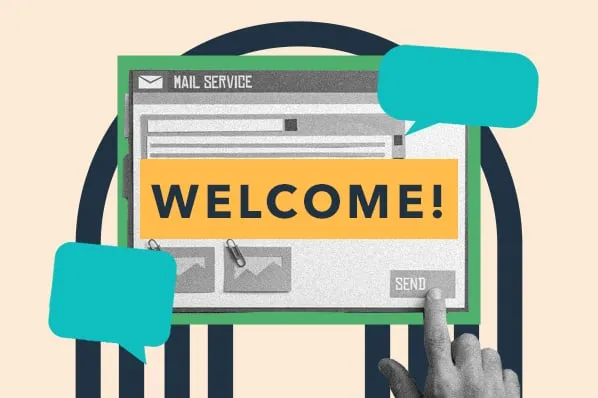
Creating an effective welcome email is crucial for engaging your new subscribers right from the start. Here's a detailed guide to help you craft impactful welcome emails that resonate with your target audience.
1. Set Expectations
Start your welcome email by setting clear expectations. Let your subscribers know what type of email template subject and of content they will receive, how often they will hear from you, and what value they can expect. This transparency builds trust and ensures your audience knows what to look forward to.
2. Write a Catchy Subject Line
Your email subject lines are the first thing recipients see, so make them count. A catchy and compelling subject lines can significantly increase your email open rates. Use action-oriented language and create a sense of urgency or curiosity.
For example, “Welcome to [Company Name] - Here’s What You Can Expect!” or “Your Exclusive Welcome Gift Inside!”
3. The Self-Introduction
Introduce yourself and your brand in a friendly and engaging manner. A short, personal introduction helps humanize your brand and establishes a connection. Mention your role, a bit about the company’s mission, and why you're excited to have the subscriber on board.
4. Tell Your Story
Sharing your brand story can create a deeper connection with your subscribers. Explain how your company started, your mission, values, and what makes you unique. A compelling story can make your brand more relatable and memorable.
5. The Video Greeting
A video greeting adds a personal touch and makes your welcome email more engaging. Videos can effectively convey your brand’s personality and message. Keep it short and friendly, and consider using a personalized greeting to make it even more impactful.
6. Showcase Your Value Proposition
Clearly communicate what value your subscribers will get from your emails. Highlight key benefits of your products or services, share customer testimonials, and explain why they should stay subscribed. This is your chance to make a strong case for your brand.
7. Use Clear 1-2-3 Steps to Onboard
Guide your new subscribers through the onboarding process with simple, clear steps. Whether it’s creating an account, completing a profile, or exploring your products, providing a step-by-step guide makes it easy for them to get started.
8. Show the Next Onboarding Steps
After the initial onboarding, outline what comes next. This could include joining a community, attending a webinar, or accessing exclusive content. Showing the next steps keeps your subscribers engaged and helps them feel supported throughout their journey.
9. The Product/Service Showcase
Use your welcome email to highlight your key products or services. Include high-quality images, descriptions, and links to learn more. This can pique interest and drive immediate engagement, especially if paired with a special offer or discount code.
10. Personalize Your Message
Personalization goes beyond just using the recipient’s name. Tailor the content of your email based on their interests and behavior. Use data from their sign-up to provide relevant recommendations and resources. Personalized emails show that you value your subscribers as individuals.
11. Conclude with a Call to Action
Every welcome email should have a clear call to action (CTA). Whether it’s to complete a profile, make a first purchase, or follow you on social media, welcome email subject lines and strong CTA guides your subscribers on what to do next. Make your CTA prominent and compelling.
12. Provide Customer Service Contact Information
Include your customer service contact information to show that you’re available to help. Providing an email address or a link to your help center can reassure new subscribers that support is readily accessible if they have any questions or issues.
13. Offer a Deal
Incentivize your new subscribers with an exclusive deal, such as a discount code or free trial. This not only makes them feel valued but also encourages them to take action. Highlight the limited-time nature of the offer to create urgency.
14. Share Helpful Resources
Direct your new subscribers to helpful resources that can assist them in getting the most out of your product or service. This could include links to popular blog posts, tutorials, or FAQs. Providing valuable content right away positions you as a helpful and reliable source.
15. Offer a Special Welcome Gift
Consider offering a special welcome gift as a token of appreciation for joining. This could be a free eBook, exclusive content, or a branded item. A welcome gift can leave a positive impression and encourage loyalty.
Welcome Emails for Different Audiences
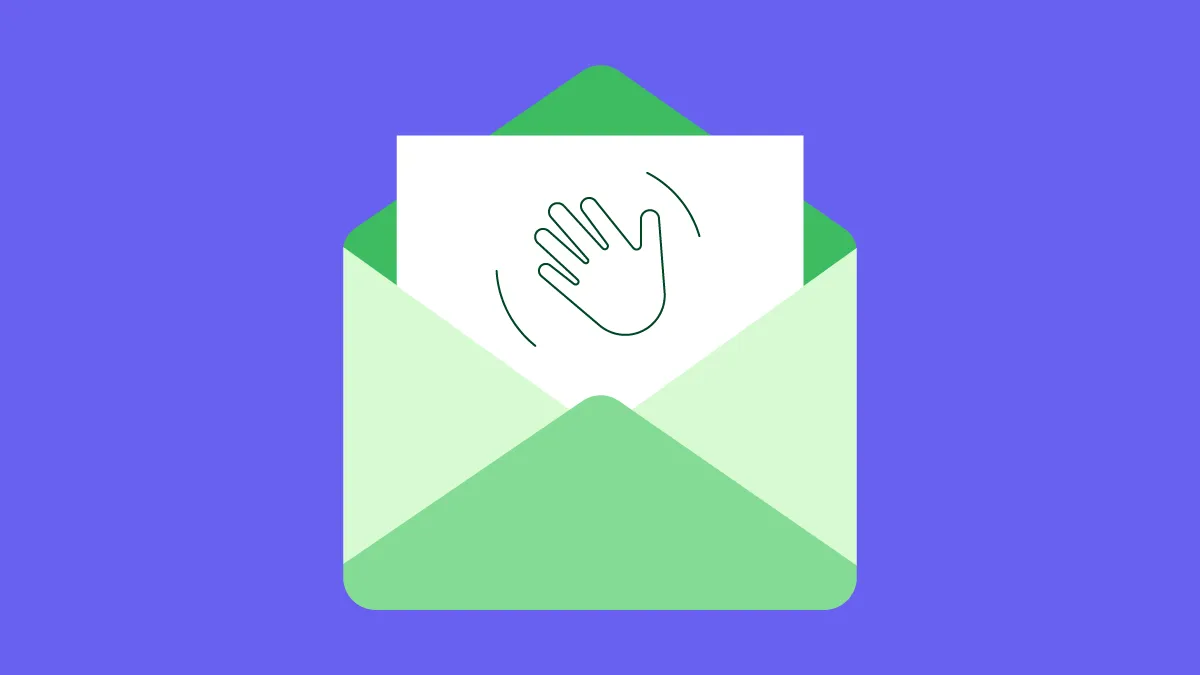
Welcome Emails for New Customers
A welcome email for new customers should express gratitude for their purchase and reinforce their decision to choose your product or service.
Highlight key benefits and include a discount code for their next purchase to encourage repeat business. Personalize the email by addressing the customer by name and referencing their recent purchase.
Example:
"Welcome to [Company Name]! Thank you for your recent purchase of [Product Name]. We're thrilled to have you as a customer. To show our appreciation, here’s a 10% discount code for your next purchase: WELCOME10. If you have any questions or need assistance, our customer service team is here to help."
Welcome Emails for New Subscribers
For new subscribers, a welcome email should set the tone for future communications and provide an overview of what they can expect. Introduce your brand, share your mission, and offer a glimpse into the type of content they will receive. Encourage them to explore your website and engage with your content.
Example:
"Welcome to [Company Name]! We're excited to have you as a subscriber. Our mission is to [briefly describe mission]. You can look forward to receiving exclusive updates, valuable insights, and special offers straight to your inbox. Start exploring now by visiting our blog or checking out our latest products."
Welcome Emails for New Clients
New clients deserve a personalized and detailed welcome email that outlines the next steps and sets clear expectations. Provide information about your services, introduce the team members they will work with, and share important contact details.
Example:
"Welcome to [Company Name]! We're excited to start working with you. Here’s what you can expect over the next few weeks [outline key steps]. Meet your account manager, [Name], who will be your primary point of contact. For any questions, feel free to reach out to [contact information]."
Welcome Email to Customer
A welcome email to a customer should be informative and engaging. Highlight the benefits of your product or service, provide usage tips, and offer support resources. This helps ensure a smooth onboarding experience.
Example:
"Welcome to [Company Name], [Customer Name]! We're glad to have you with us. Here are some tips to get the most out of your new [Product/Service]. If you need any help, our customer service team is just an email away at [contact information]."
First Newsletter Welcome Message
Your first newsletter welcome message sets the stage for future communications. Introduce the newsletter, its frequency, and the type of content subscribers can expect. Include links to previous editions or popular articles to pique their interest.
Example:
"Welcome to our newsletter! We’re excited to bring you the latest news, tips, and special offers from [Company Name]. Expect to hear from us once a month with valuable content tailored just for you. Check out some of our popular blog posts to get started."
Welcome to Newsletter
Welcoming someone to your newsletter is an opportunity to emphasize the value they will receive. Highlight the benefits of subscribing, such as exclusive content, early access to products, and insider tips.
Example:
"Welcome to our newsletter! By subscribing, you’ll receive exclusive content, early access to new products, and insider tips straight to your inbox. Stay tuned for our first issue, packed with valuable information just for you."
Welcome to Our Services
When welcoming new users to your services, provide an overview of what they can expect and how to get started. Include links to helpful resources and offer support to ensure a positive experience.
Example:
"Welcome to [Service Name]! We’re thrilled to have you on board. Here’s a quick guide to get you started [include link to guide]. If you have any questions, our support team is here to help at [contact information]."
Subscription Email Examples
Subscription email examples can showcase different approaches to welcoming new subscribers. These can range from simple greetings to detailed onboarding messages. Share a few examples to inspire your welcome email strategy.
Example:
"Welcome to our subscription service! As a new subscriber, you’ll receive [briefly describe benefits]. Here’s a look at what’s coming your way [outline upcoming content or features]. Thank you for subscribing!
Best 20 Examples Of Welcome Email
Creating a compelling welcome email can set the tone for a positive relationship with your new subscribers. Here are 20 exemplary welcome emails from top brands that effectively engage and convert new users.
1. Airbnb
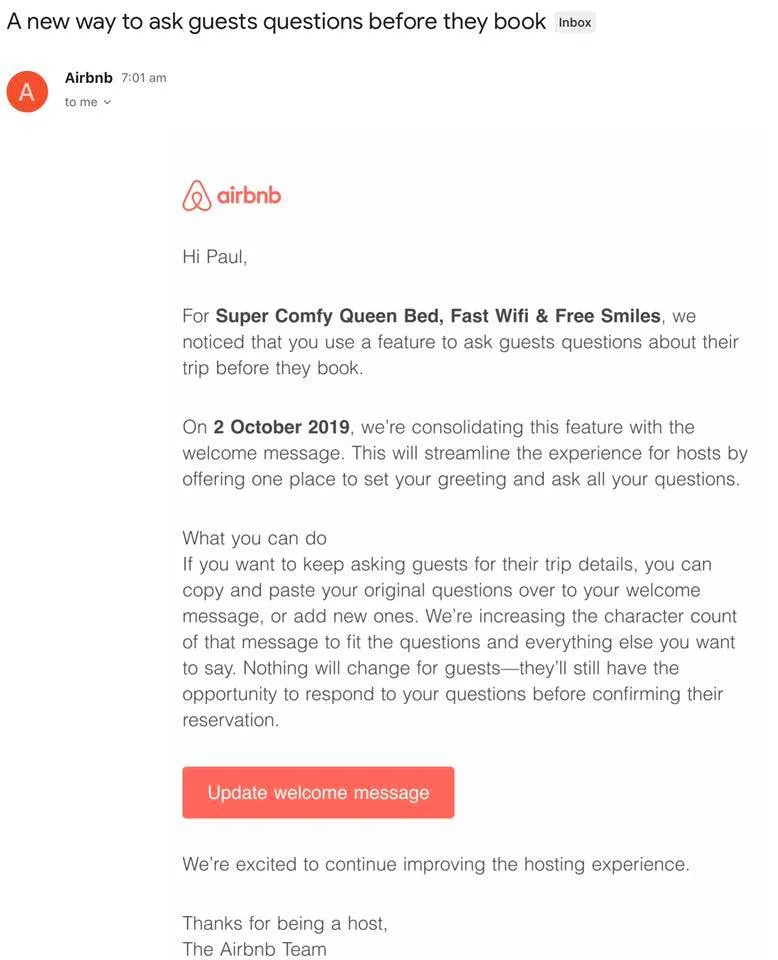
Airbnb's welcome email is visually appealing and welcoming. It features high-quality images, a personalized greeting, and a clear call to action, encouraging new users to explore available listings. The email also provides helpful tips for finding the perfect stay, making it both informative and engaging.
2. Asana
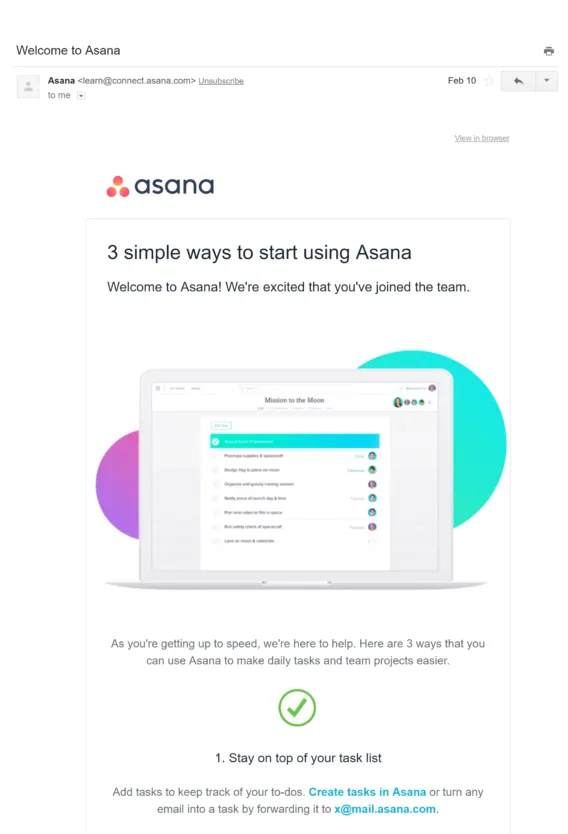
Asana's welcome email focuses on helping new users get started with their project management tool. It includes a step-by-step guide on how to create their first project, offers helpful resources, and provides customer service contact information for any questions. The email is concise and actionable.
3. Casper
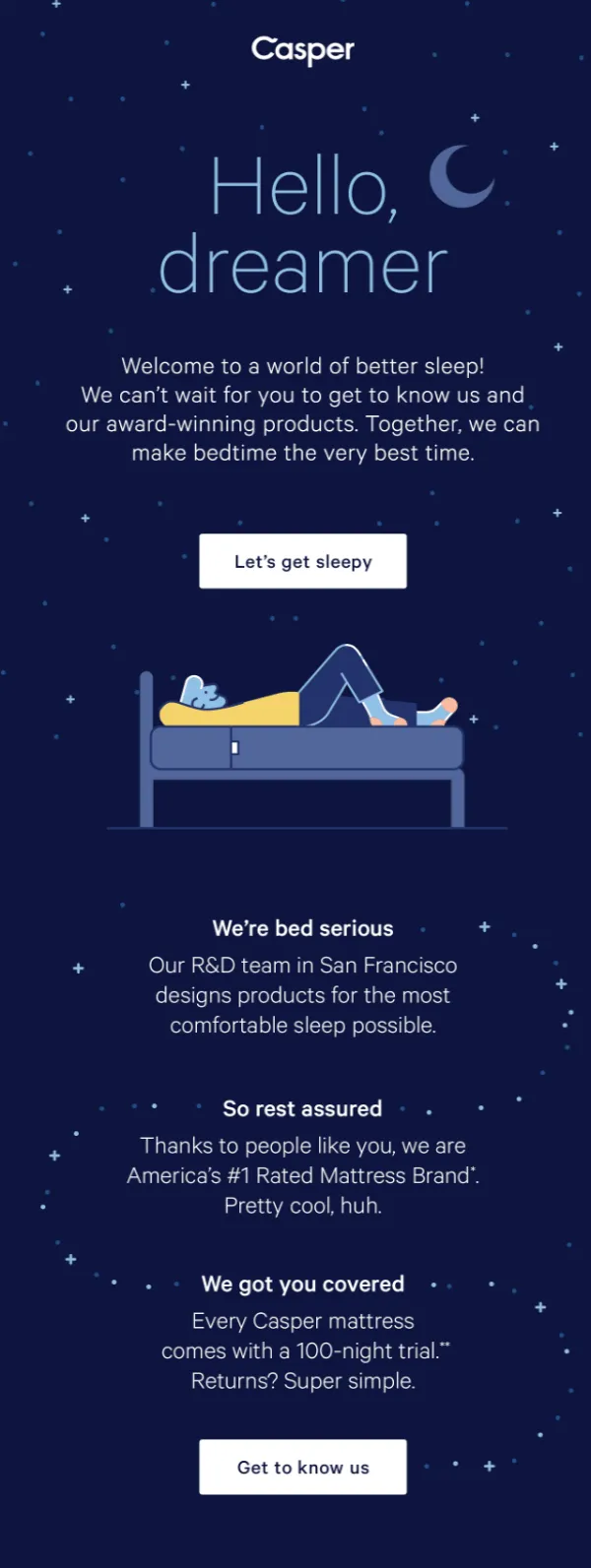
Casper greets us with a beautifully designed email featuring perfectly coordinated night colors and soothing language that creates a relaxing ambiance around the brand. They highlight their awards to showcase the quality of their products and build trust with the audience.
Casper’s welcome email hints at their advanced technology and emphasizes their serious commitment to improving your sleep.
The 100-night trial offer lowers the barriers to purchase, making it feel like less of a commitment. It reassures customers that they can change their minds, making the decision to buy easier.
4. Dropbox
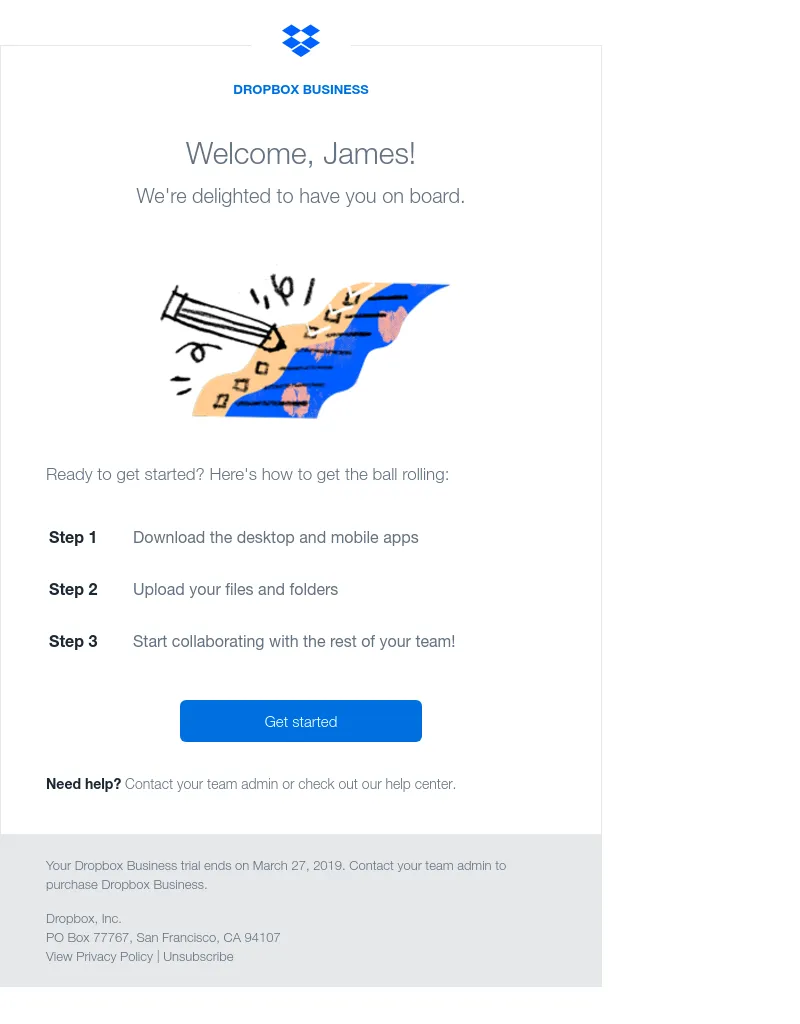
Dropbox's welcome email is simple yet effective. It welcomes new users with a personalized greeting and explains how to get started with file sharing and storage. The welcome email subject includes links to download the app and access the help center, making it easy for users to find support.
5. Evernote
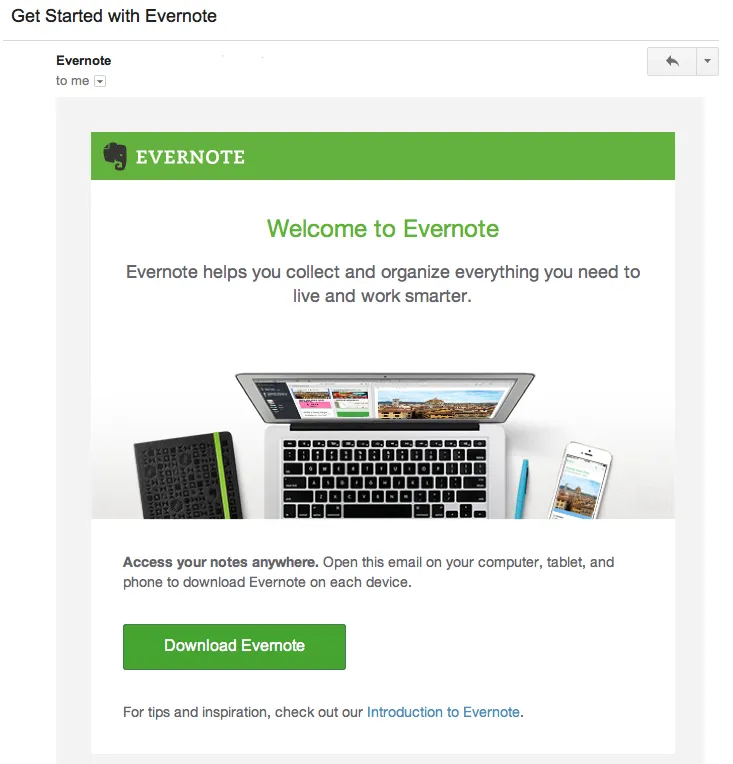
Evernote’s welcome email emphasizes the benefits of the note-taking app. It includes a personalized message, an overview of the app’s features, and a call to action to start creating notes. The email also offers tips on how to use Evernote effectively, ensuring users get the most out of the service.
6. Grammarly

Grammarly’s welcome email is both informative and engaging. It highlights the key benefits of using the grammar-checking tool and provides a quick guide on how to install the browser extension. The email also includes a personalized greeting and a discount code for upgrading to the premium version.
7. Headspace

Headspace’s welcome email focuses on introducing new users to meditation. It includes a video greeting from the founder, an overview of the app’s features, and tips for getting started with meditation. The email is designed to make users feel welcomed and supported.
8. Hootsuite
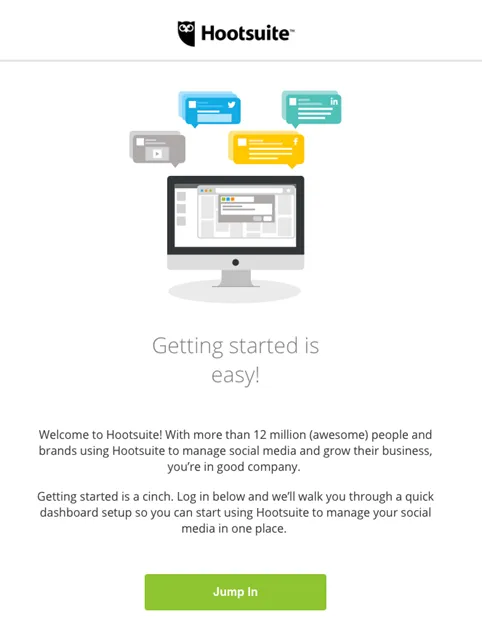
Hootsuite’s welcome email helps new users get started with social media management. It includes a step-by-step guide to setting up their first social media account, links to helpful resources, and a call to action to join Hootsuite’s community. The email is informative and easy to follow.
9. HubSpot

HubSpot’s welcome email is packed with valuable content. It includes a personalized greeting, an overview of the CRM’s features, and links to helpful resources such as blog posts and tutorials. The email also provides customer service contact information, ensuring users have the support they need.
10. LinkedIn
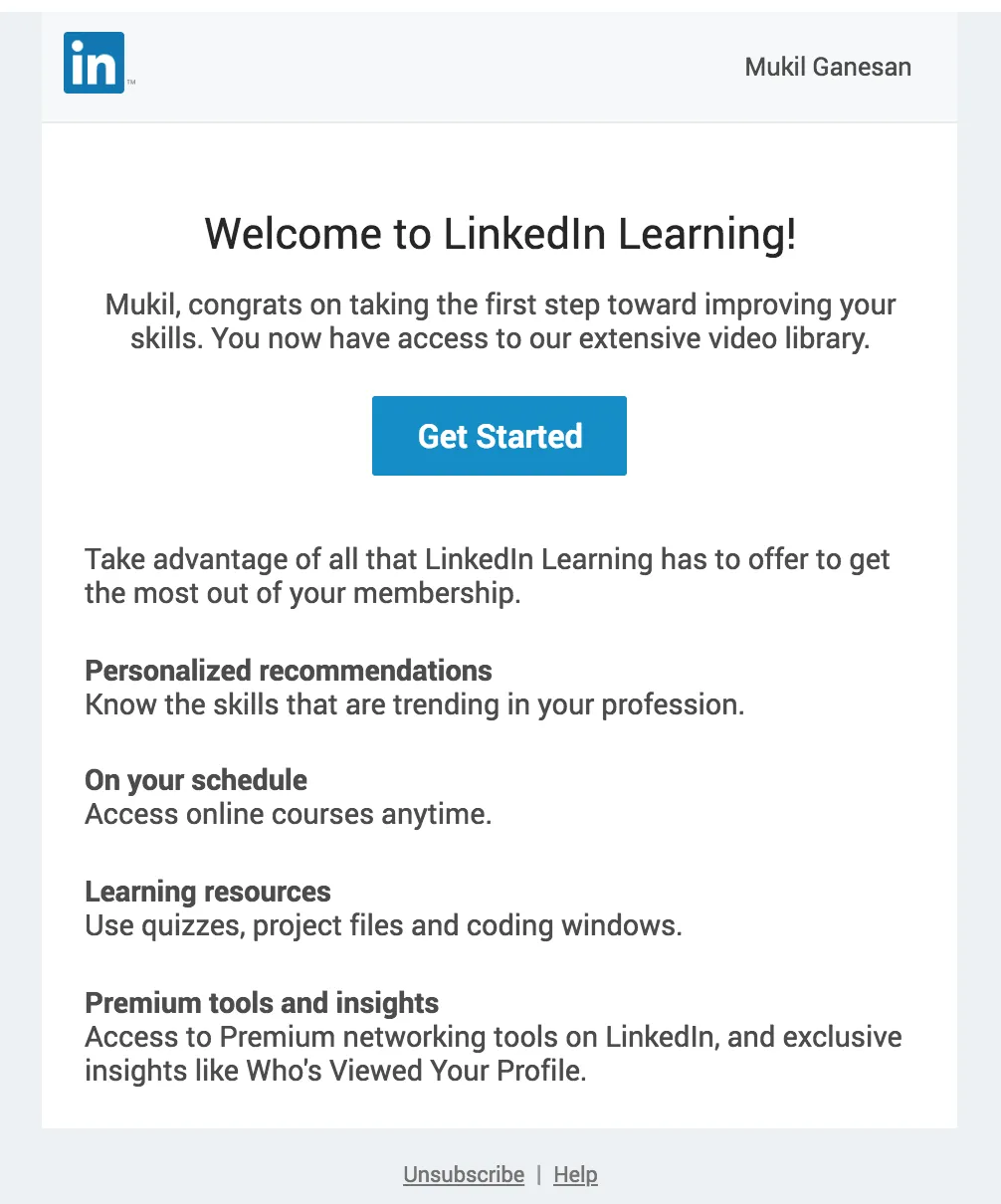
LinkedIn’s welcome email is professional and engaging. It includes a personalized greeting, an introduction to the platform’s features, and a call to action to complete the user’s profile. The email also highlights the benefits of networking on LinkedIn, encouraging users to connect with others.
11. Medium
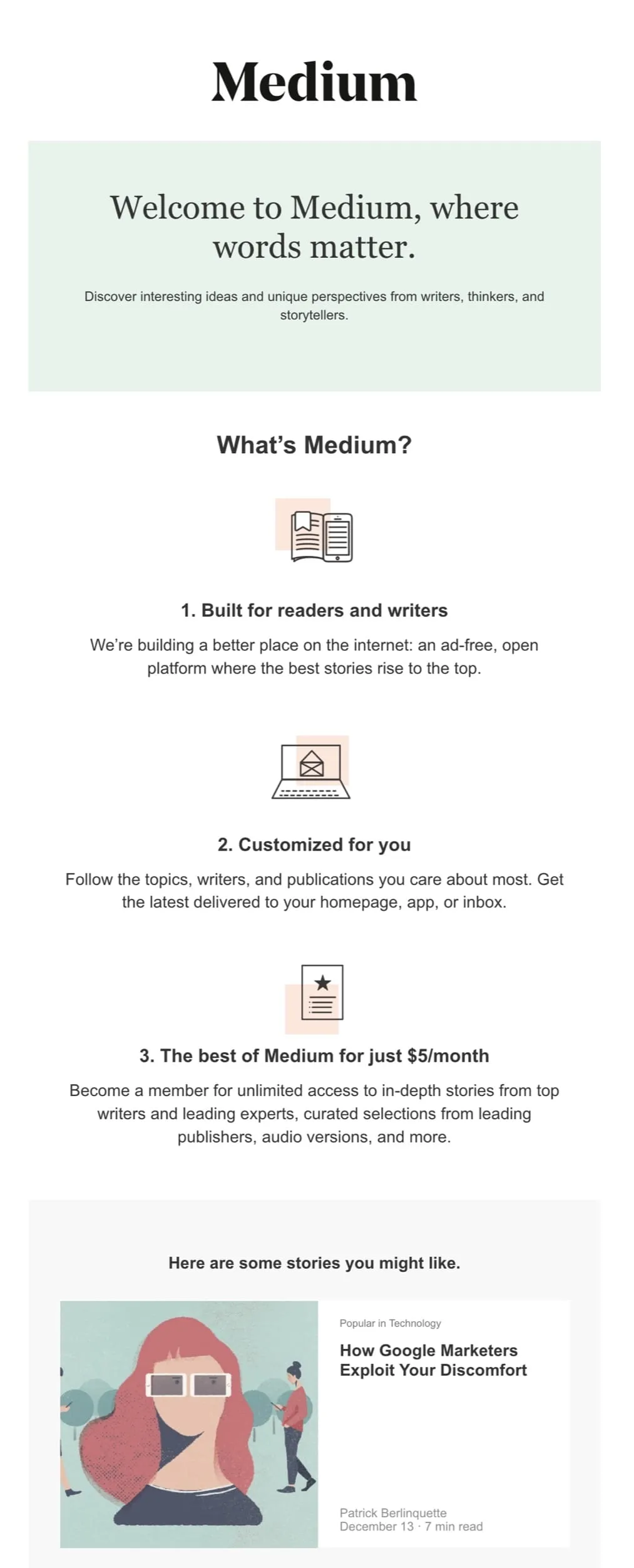
Medium’s welcome email is simple and inviting. It welcomes new users with a personalized message and highlights popular articles and authors on the platform. The email also includes a call to action to start following topics of interest, making it easy for users to find content they love.
12. Mailchimp

Mailchimp’s welcome email is designed to help new users get started with email marketing. It includes a step-by-step guide to setting up their first email marketing campaign here, links to tutorials, and a call to action to explore Mailchimp’s features. The email is informative and encourages users to take action.
13. Moz
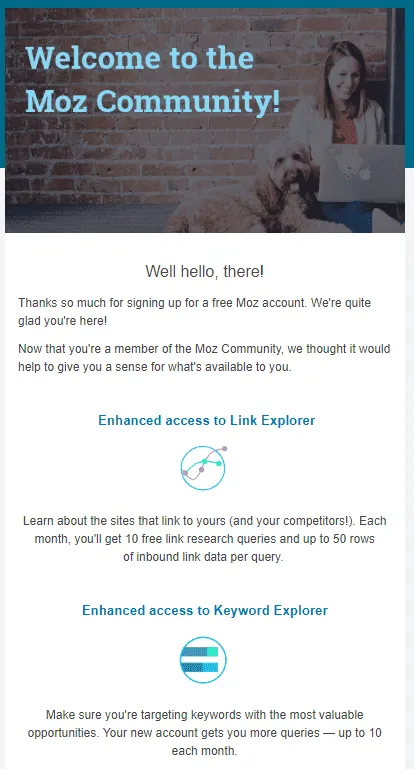
Moz’s welcome email focuses on providing valuable SEO resources to new users. It includes a personalized greeting, an overview of Moz’s tools, and links to blog posts and guides. The email also offers a free trial of Moz Pro, encouraging users to explore the premium features.
14. Netflix

Netflix’s welcome email is engaging and user-friendly. It includes a personalized greeting, an introduction to the platform’s features, and a call to action to start watching. The email also highlights popular shows and movies, making it easy for new users to find content they’ll enjoy.
15. Slack
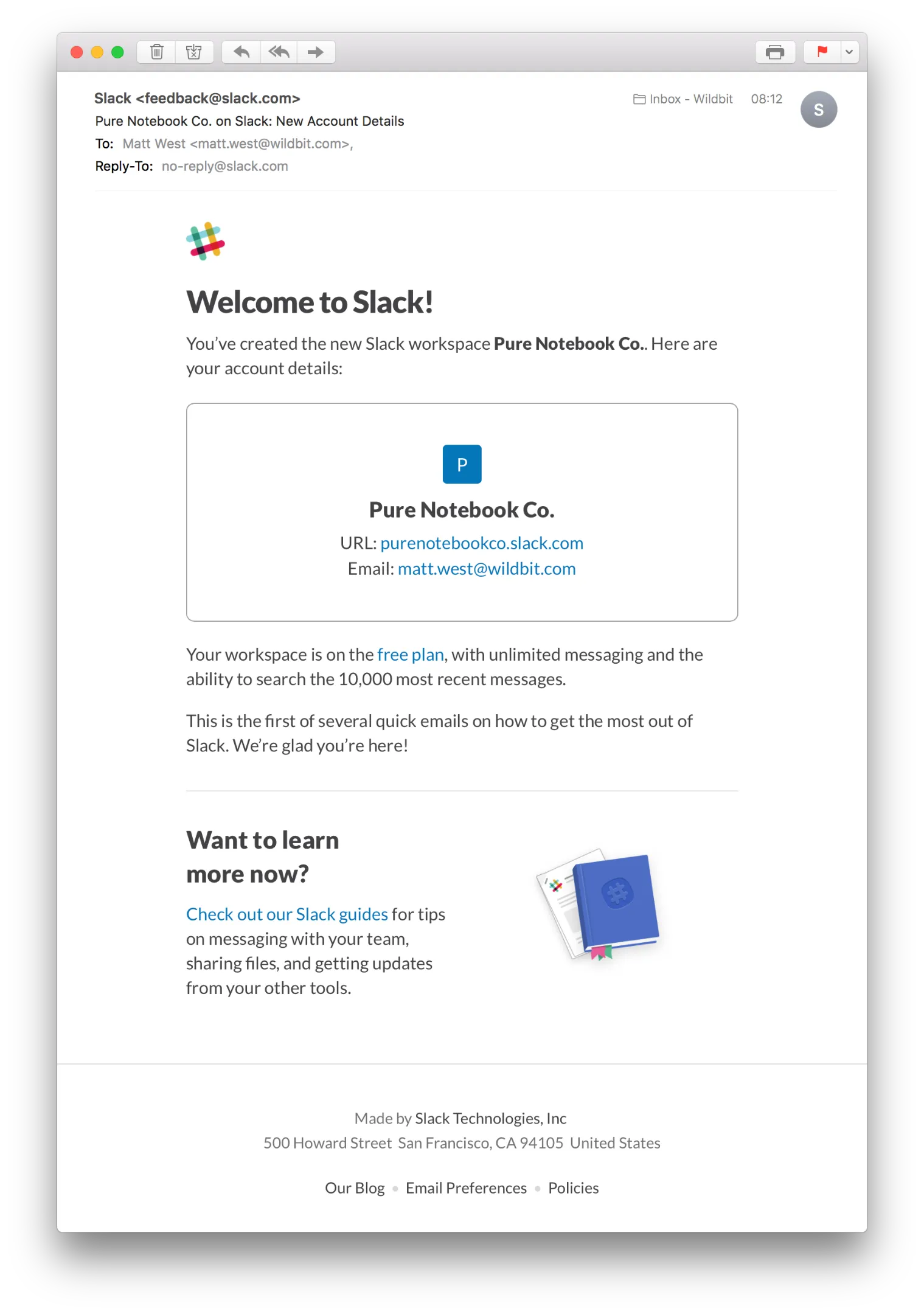
Slack’s welcome email helps new users get started with the team communication tool. It includes a personalized greeting, a step-by-step guide to setting up their first channel, and links to helpful resources. The email is designed to make the onboarding process smooth and easy.
16. Spotify
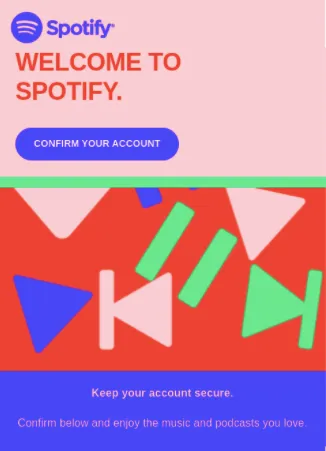
Spotify’s welcome email is vibrant and engaging. It includes a personalized greeting, an overview of the music streaming service’s features, and a call to action to start listening. The email also highlights popular playlists and artists, encouraging users to explore the platform.
17. Squarespace
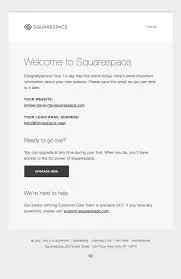
Squarespace’s welcome email is visually appealing and informative. It includes a personalized greeting, a guide to setting up a website, and links to tutorials and design templates. The email also offers a discount code for new users, encouraging them to start building their site.
18. Trello

Trello’s welcome email helps new users get started with project management. It includes a personalized greeting, a step-by-step guide to creating their first board, and links to helpful resources. The email is designed to make it easy for users to get organized with Trello.
19. Helloprint
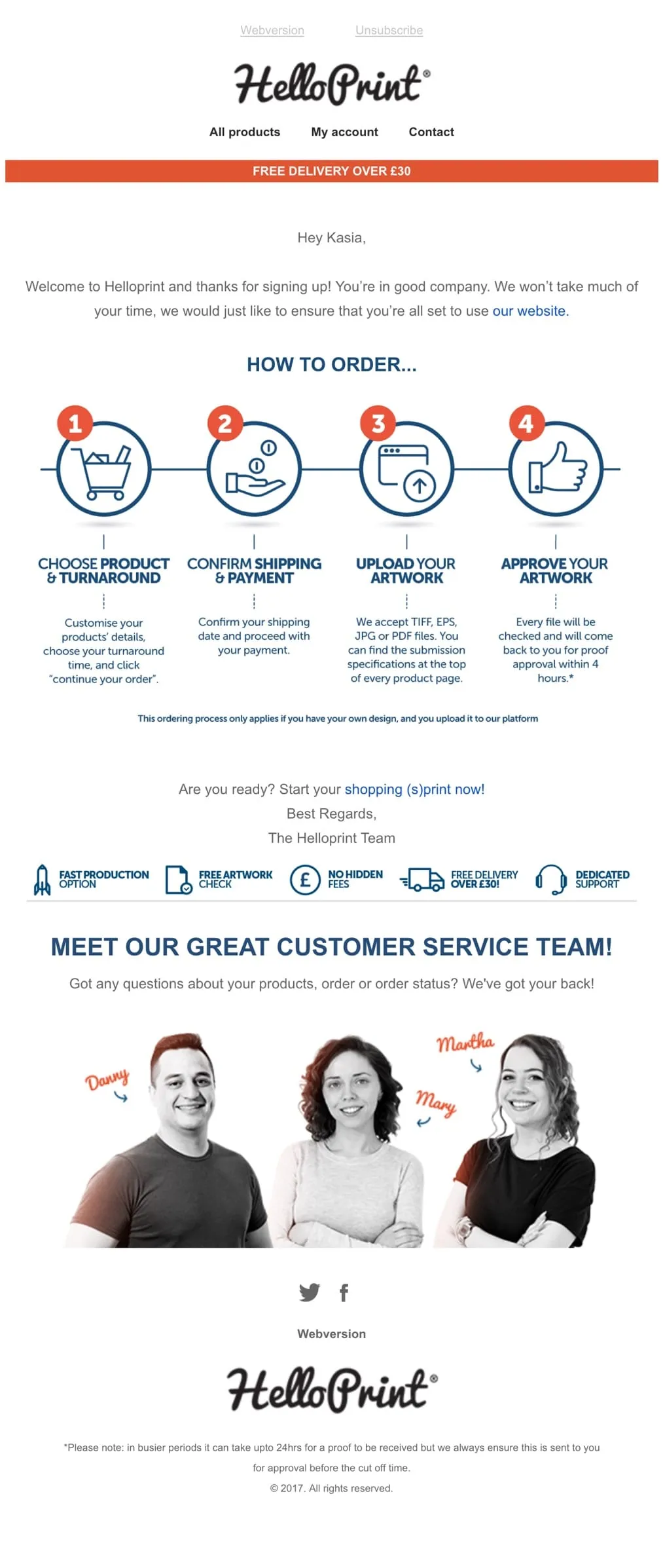
Helloprint’s welcome email is a great example of making the brand feel human, warm, and inviting by introducing their support team members.
Helloprint becomes more personal and transparent, letting you know that Mary, Martha, and Danny are dedicated to assisting you. This straightforward approach adds a personal touch to the brand, making it friendly and approachable.
20. Zoom
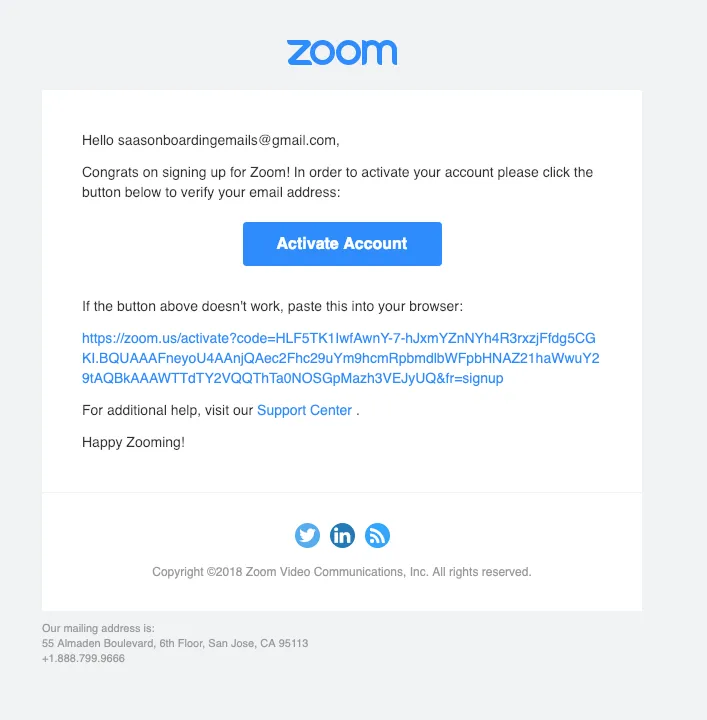
Zoom’s welcome email is straightforward and helpful. It includes a personalized greeting, a guide to setting up their first meeting, and links to tutorials and support resources. The email is designed to make it easy for new users to get started with video conferencing.
Welcome Email Templates
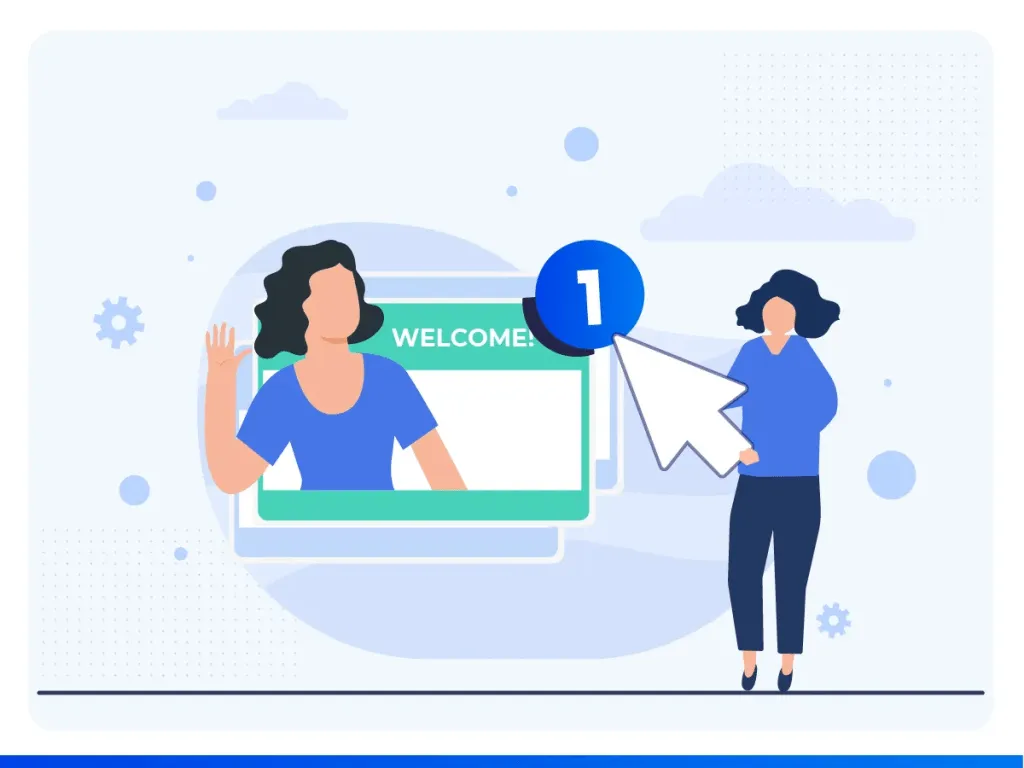
Creating an effective welcome email can set the tone for your relationship with new subscribers.
Here are some welcome email templates to help you craft engaging and impactful messages.
Subject Line for Welcome Email
- "Welcome to [Brand Name]! Let's Get Started!"
- "Thanks for Joining Us, [Subscriber Name]!"
- "Hello and Welcome! Your Journey with [Brand Name] Begins Now"
- "Welcome! Here's a Special Gift Just for You."
- "Welcome to the [Brand Name] Family!"
- "Excited to Have You Here, [Subscriber Name]!"
- "Welcome! Discover What [Brand Name] Has to Offer"
- "Glad to Have You with Us, [Subscriber Name]!"
- "Thanks for Subscribing! Here's What to Expect"
- "Welcome Aboard! Let's Explore [Brand Name] Together"
3 Email Body Templates
Telling the Brand Story Email Template
Build Curiosity Email Template
Urgency Sales Email Template
Discount Code Welcome Email Template
Storytelling Welcome Email Template
Community-Focused Incentive Welcome Email Template
Free Trial Welcome Campaign Template
Personalized Video Welcome Email Template
Tools for Building an Effective Email Marketing Strategy & Welcome Email Series
A robust email marketing strategy and a compelling welcome email series is crucial for engaging your audience and fostering long-term relationships.
Leveraging the right tools can make this process seamless and highly effective.
Here are some top tools to consider:
1. Shopify Email
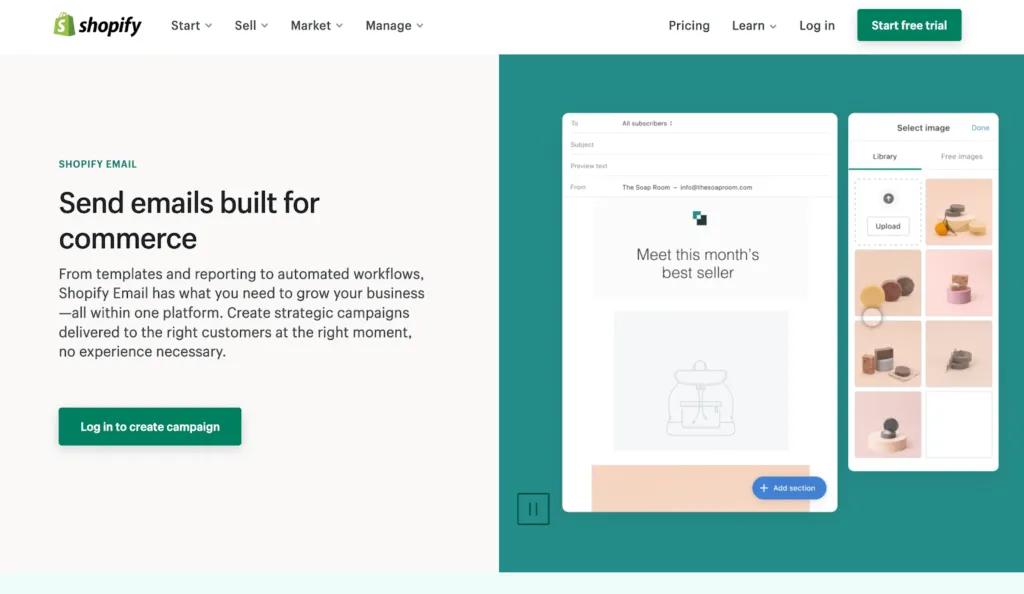
Shopify Email is an excellent tool for businesses that use Shopify as their e-commerce platform. It lets you create and send beautiful email campaigns directly from your Shopify admin.
With Shopify Email, you can design customized welcome emails using easy drag-and-drop templates, track performance metrics, and segment your audience for targeted messaging.
The integration with Shopify ensures a seamless experience for managing your ecommerce store and email marketing alongside your online store.
Features:
- Easy-to-use email templates
- Seamless integration with Shopify
- Performance tracking and analytics
- Audience segmentation
2. Klaviyo

Klaviyo is a powerful email marketing platform designed for e-commerce businesses. It offers advanced segmentation and personalization features that enable you to send highly targeted welcome emails.
Klaviyo integrates with various e-commerce platforms, making it easy to sync customer data and create automated workflows.
With its robust analytics, you can monitor the performance of your welcome email series and optimize for better results.
Features:
- Advanced segmentation and personalization
- Integration with multiple e-commerce platforms
- Automated email workflows
- Detailed analytics and reporting
3. Combidesk
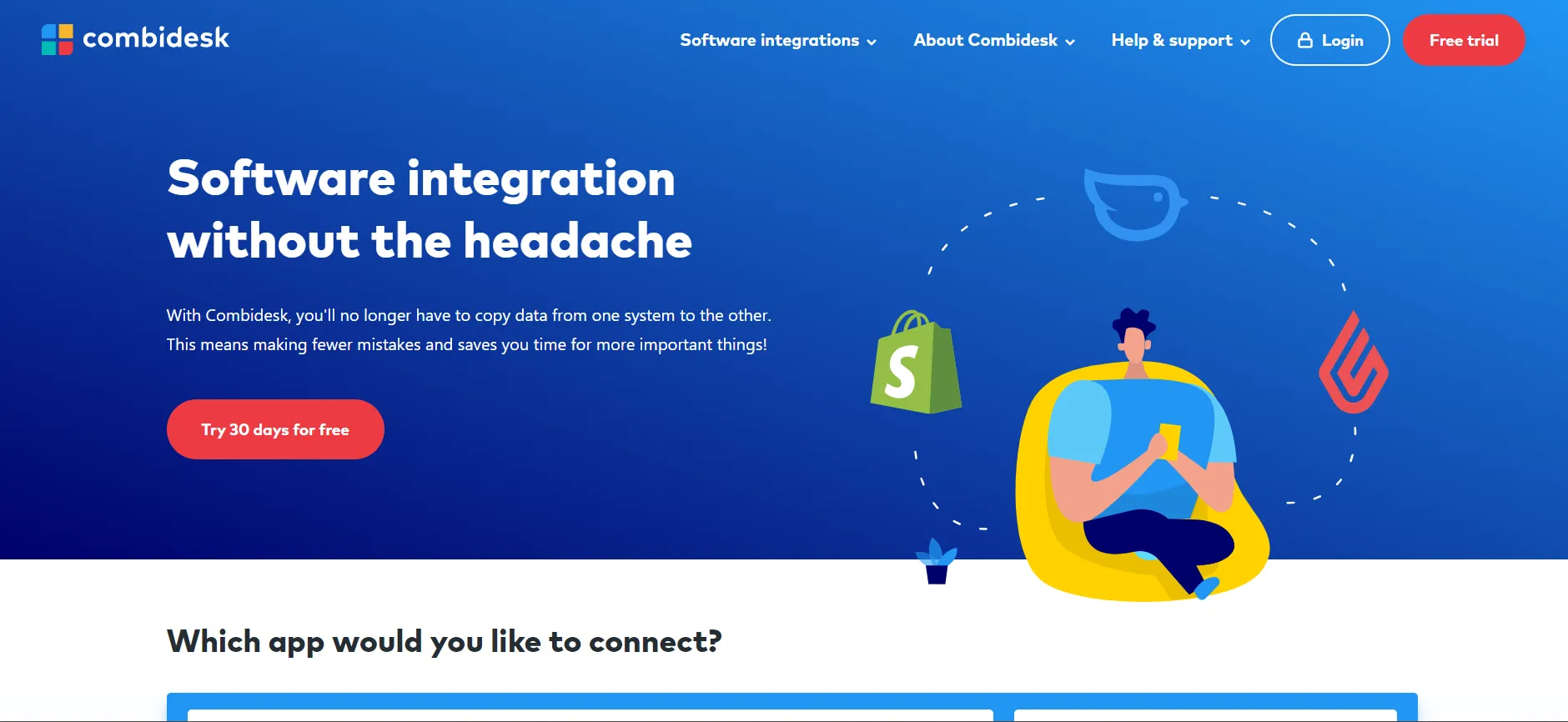
Combidesk specializes in integrations that connect different software platforms to streamline your email marketing efforts. For example, Combidesk offers integrations to connect your e-commerce platform with email marketing tools like Mailchimp.
This ensures that your customer data is always up-to-date, allowing you to send timely and relevant welcome emails. Combidesk simplifies the process of managing customer data and automating email workflows.
Features:
- Seamless software integrations
- Automated data syncing
- Customizable email templates
- Real-time performance tracking
4. ConvertKit

ConvertKit is a popular email marketing tool for creators, bloggers, and small businesses. It focuses on building relationships with subscribers through personalized and automated email sequences.
ConvertKit’s visual automation builder makes creating complex workflows, including welcome email series, easy. You can segment your audience based on their behavior and interests to ensure your welcome emails are relevant and engaging.
Features:
- Visual automation builder
- Advanced audience segmentation
- Easy-to-use email templates
- Comprehensive analytics and reporting
5. ActiveCampaign

ActiveCampaign is a versatile email marketing platform that combines email automation, CRM, and marketing automation. It offers many features to help you create an effective welcome email series.
With ActiveCampaign, you can set up automated email workflows, segment your audience, and use A/B testing to optimize your campaigns.
The platform’s CRM integration ensures you can seamlessly manage customer relationships and track interactions.
Features:
- Email automation and CRM integration
- Advanced segmentation and personalization
- A/B testing and analytics
- Comprehensive customer journey tracking
How many welcome emails to use in a welcome series
A well-crafted welcome email series can significantly enhance engagement and build strong relationships with new subscribers. Here's a detailed guide on effectively structuring your welcome email series.
Email 1: Immediate Welcome
- The first email in your welcome series should be sent immediately after a user subscribes. This email should welcome the new subscribers, thank them for joining, and set the tone for future communications.
- Include a personalized greeting, an overview of what they can expect from your emails, and any immediate action steps, such as confirming their subscription or exploring your website.
- Example: "Welcome to [Company Name]! Thank you for subscribing. We're excited to have you with us. Stay tuned for exclusive updates, tips, and special offers. In the meantime, feel free to explore our website and discover what we have to offer."
Email 2: Brand Story
- The second email should introduce your brand story. Share how your company started, your mission, values, and what makes you unique.
- This helps build a connection and fosters brand loyalty. Use storytelling to make this email engaging and relatable.
- Example: Our Journey: From Humble Beginnings to [Company Name] Today. Discover how we started and what drives us to bring you the best. Our mission is [mission statement]."
Email 3: Highlight Key Products/Services
- In the third email, highlight your key products or services. Provide detailed information about your offerings and how they can benefit the subscriber.
- Use high-quality images, descriptions, and links to product pages. This email should aim to inform and pique the interest of your new subscribers.
- Example: Explore Our Top Products. At [Company Name], we pride ourselves on offering [product/service]. Discover our top picks and see how they can make a difference for you."
Email 4: Social Proof and Testimonials
- The fourth email should include social proof and testimonials from satisfied customers. Sharing positive reviews and success stories builds trust and credibility.
- Highlight quotes, ratings, and case studies that demonstrate the value of your products or services.
- Example: "What Our Customers Are Saying. Don't just take our word for it – hear from our satisfied customers. See how [Product/Service] has made a difference for others."
Email 5: Encourage Engagement and Action
- Encourage your new subscribers to take action in the fifth email. This could be joining your community, following you on social media, or purchasing.
- Use a strong call to action and offer incentives, such as a discount code or a free trial, to motivate engagement.
- Example: "Join the [Company Name] Community. Connect with us on social media for the latest updates and exclusive content. Use code WELCOME10 for 10% off your next purchase."
Optional Email 6: Educational Content or Resources
- The sixth email can provide valuable educational content or resources to your subscribers.
- Share links to blog posts, eBooks, webinars, or tutorials to help them get the most out of your products or services. This positions you as a helpful and knowledgeable resource.
- Example: "Get the Most Out of [Product/Service]. Check out our latest blog posts, tutorials, and webinars to help you succeed. Start learning today!"
Optional Email 7: Survey or Feedback Request
- The seventh email can be used to request feedback or conduct a survey.
- Understanding your subscribers' needs and preferences can help you tailor future communications and improve your offerings. Keep the survey short and easy to complete.
- Example: "We Value Your Feedback. Help us serve you better by taking a quick survey. Your insights are invaluable to us."
Mistakes to Avoid While Crafting and Sending Welcome Emails
Creating a welcome email is a vital step in engaging new subscribers. However, there are common pitfalls that can undermine its effectiveness. Here are some mistakes to avoid when crafting and sending welcome emails.
1. Delaying the Welcome Email
Sending your welcome email promptly is crucial. Delaying it can decrease engagement as the subscriber might forget they signed up.
An immediate welcome email ensures that the subscriber's interest is at its peak, making them more likely to interact with your content.
Example:
"Welcome to [Company Name]! We’re excited to have you join us. Check out what’s new and get started today."
2. Overloading with Information
While sharing everything about your brand in the first email is tempting, overwhelming your subscribers with too much information can be counterproductive. Keep the initial email concise and focused, providing enough information to spark interest.
Example:
"Welcome to [Company Name]! Here’s a quick overview of what we offer. Stay tuned for more tips and updates."
3. Lack of Personalization
Generic welcome emails fail to create a connection with the recipient. Personalize your welcome emails by addressing the subscriber by their name and tailoring the content to their preferences or past behavior.
Example:
"Hi [Subscriber Name], welcome to [Company Name]! We’re excited to bring you personalized tips and updates."
4. Weak Subject Line
The subject line is the first thing a recipient sees. A weak or unengaging subject line can result in low open rates. Craft a compelling subject line that gives the recipient a reason to open the email.
Example:
"Welcome to [Company Name] - Let’s Get Started!"
5. No Clear Call to Action (CTA)
Every welcome email should have a clear call to action. A CTA guides the recipient on what to do next, whether it’s to complete a profile, make a purchase, or follow your social media accounts.
Example:
"Start exploring our features today - Click here to get started!"
6. Ignoring Mobile Optimization
Many of your audience will likely open your emails on their mobile devices. You risk losing engagement if your welcome email isn’t optimized for mobile. Ensure your email design is responsive and looks good on all devices.
Example:
"Experience [Company Name] on the go! Our mobile-friendly design ensures you stay connected anytime, anywhere."
7. Neglecting to Set Expectations
Set clear expectations about what the subscriber can expect from your emails. This includes the type of content, frequency of emails, and any exclusive offers. Setting expectations helps build trust and keeps your subscribers informed.
Example:
"You’ll receive weekly updates with the latest news, tips, and exclusive offers from [Company Name]."
8. Overly Sales-Focused Content
While promoting your products or services is important, a welcome email that is too sales-focused can be off-putting. Balance your content by providing value and building a relationship before pushing for a sale.
Example:
"Discover how [Product/Service] can benefit you, plus get tips and insights on [related topic]."
9. Ignoring Analytics and Feedback
To improve your welcome emails, you need to track their performance. Ignoring analytics and feedback means missing out on valuable insights that can help you refine your strategy. Monitor open rates, click-through rates, and subscriber feedback to make data-driven improvements.
Example:
"We value your feedback! Let us know how we can make your experience better."
10. Forgetting to Introduce the Brand
A welcome email is the perfect opportunity to introduce your brand. Failing to do so can leave subscribers wondering who you are and why they should care. Share your brand story, mission, and values to create a connection.
Example:
"Welcome to [Company Name]! We’re passionate about [mission/values]. Here’s a bit about our journey and what drives us."
Conclusion
Crafting an effective welcome email is crucial for setting the tone of your relationship with new subscribers.
Throughout this article, we've explored strategies and best practices to optimize your welcome emails.
From personalizing messages and setting clear expectations to providing value and avoiding common mistakes, these insights can help create engaging and impactful welcome emails.
Utilizing tools like Shopify Email, Klaviyo, and ConvertKit can streamline your email marketing efforts, ensuring that your welcome series is efficient and effective.
Implementing these strategies can build stronger connections with your audience and drive long-term engagement.

